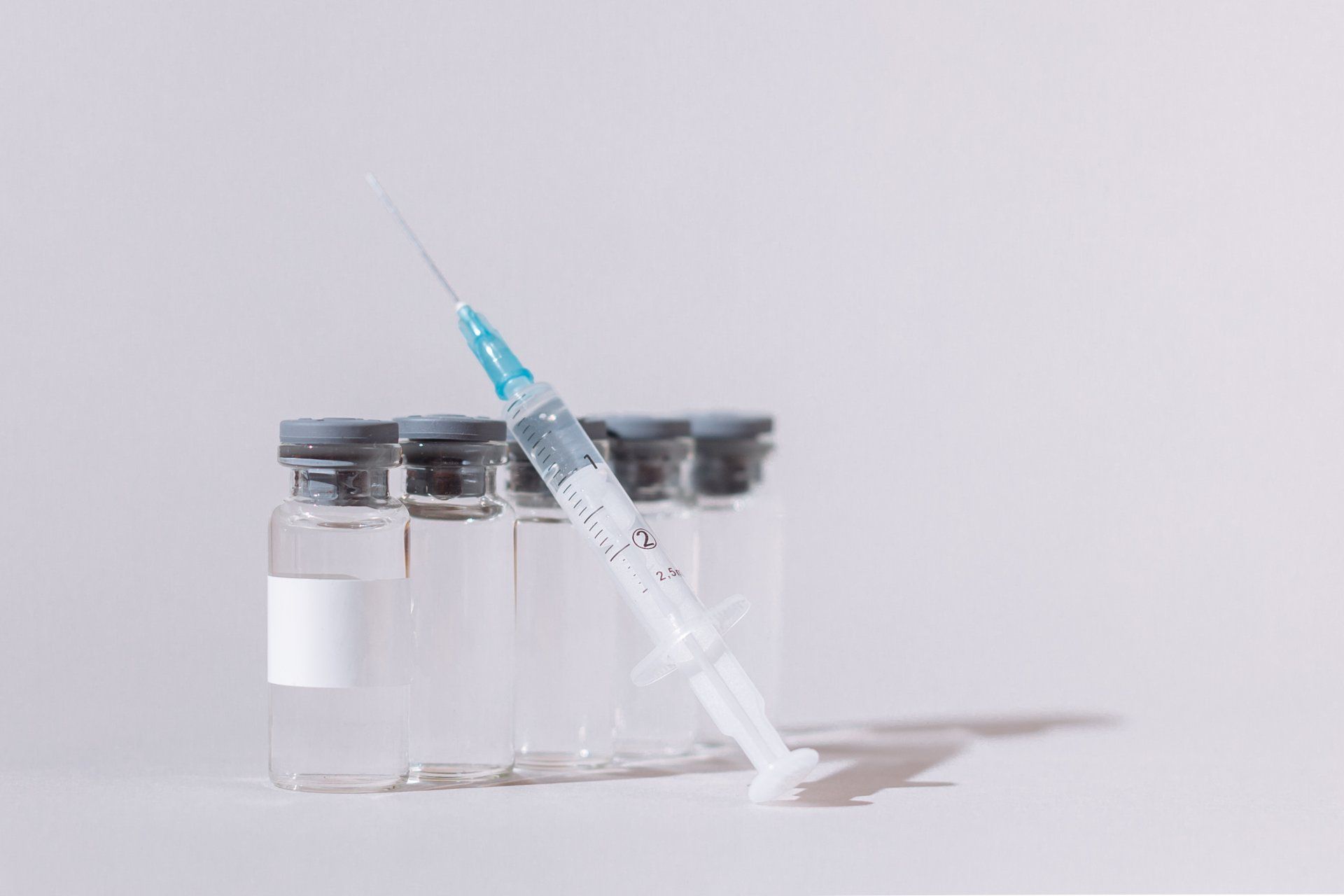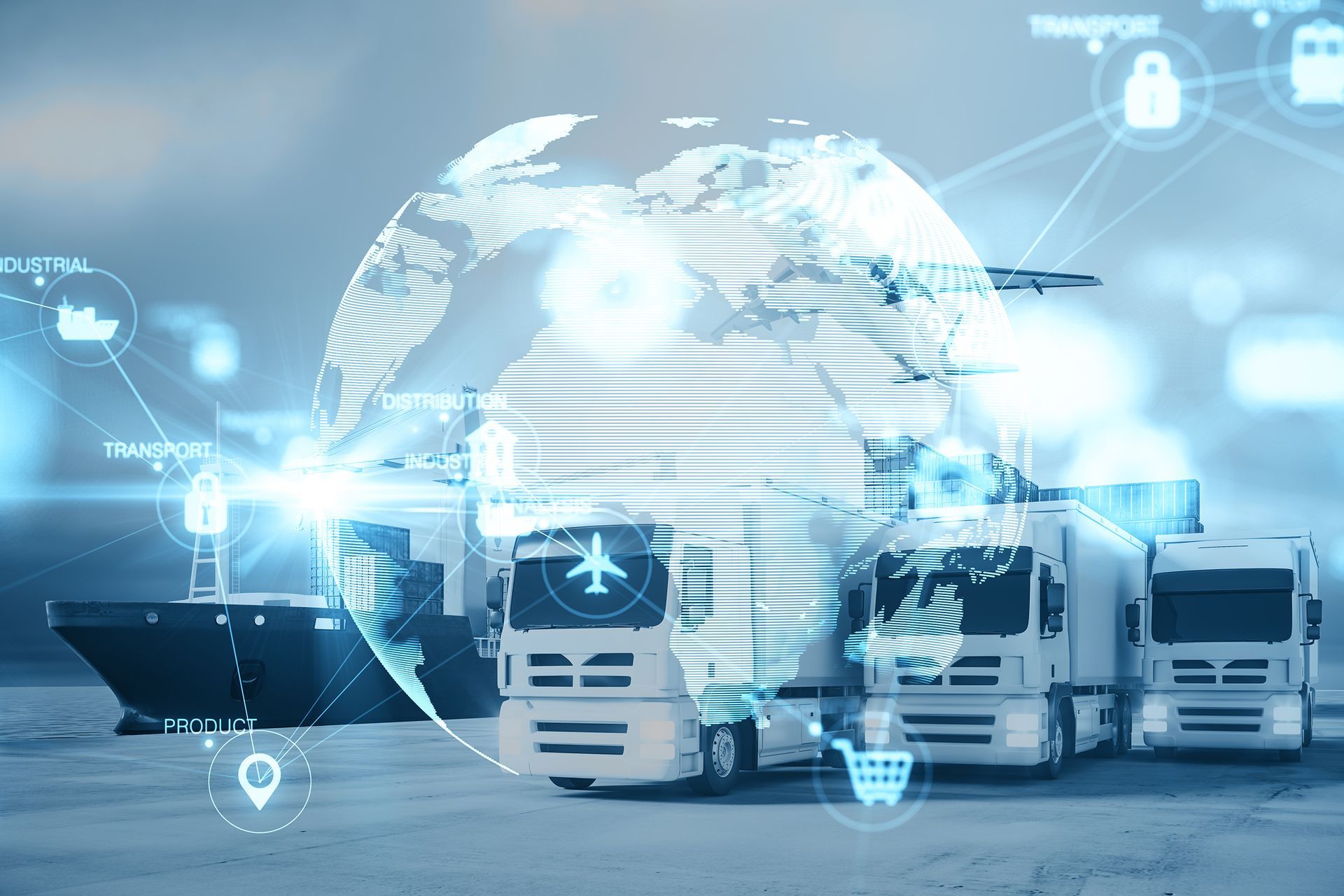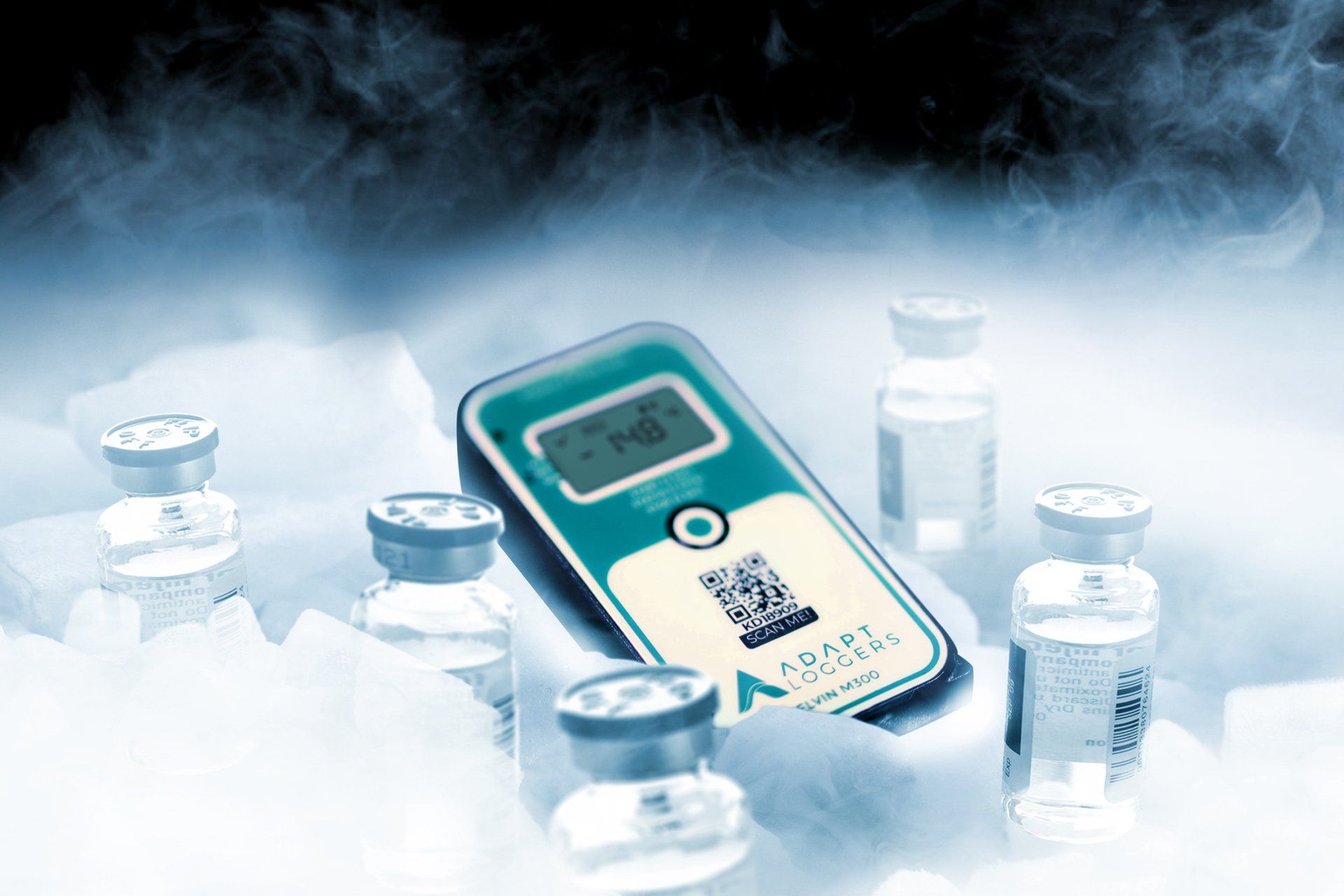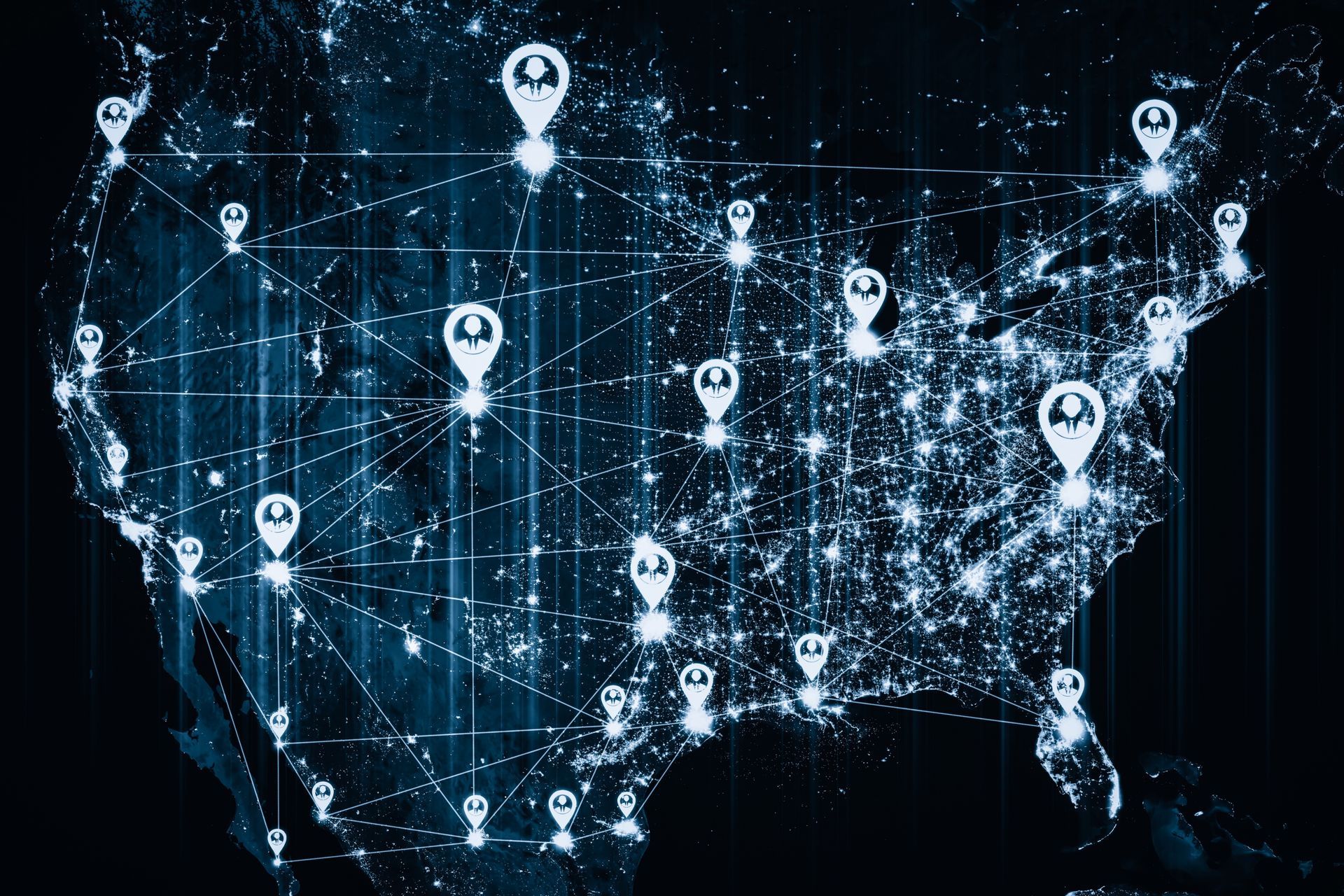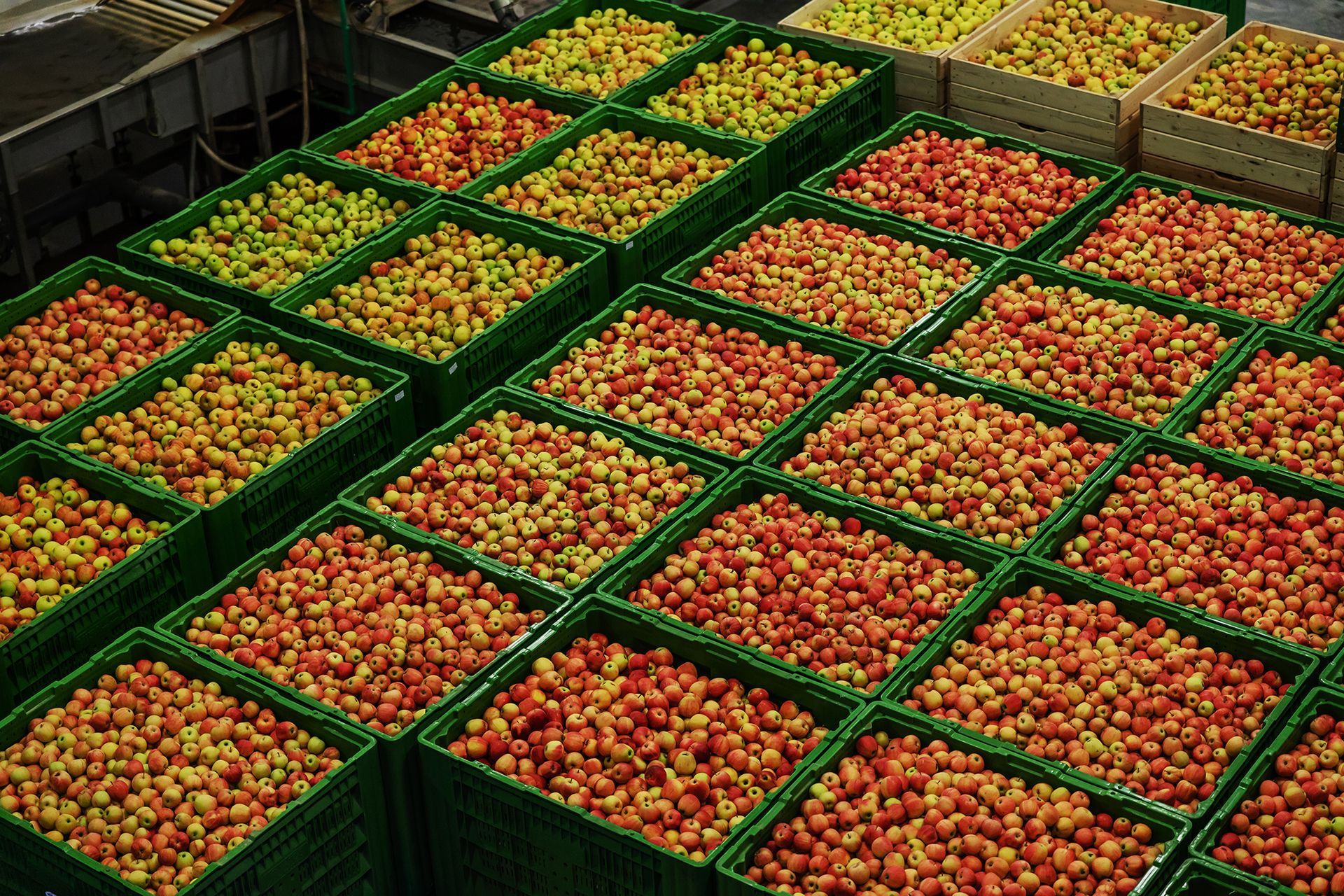Streamlining Cold Chain Operations: 10 Best Practices
Cold chain management is like a delicate dance, with temperature-sensitive goods. It starts with maintaining perishable foods to life-saving vaccines however the challenge lies in ensuring these products remain compliant, effective and safe for us especially while travelling through the complicated web of logistics. Unfortunately, the world of cold chain operations faces its share of problems, resulting in a staggering $35 billion in waste annually. However, it's not all bad; the global cold chain logistics market is predicted to soar to $647.47 billion by 2028. It is proof of the increasing importance of supply chain management.
Now it's more important than ever to optimise these critical operations. Whether transporting vaccines, fresh produce, or pharmaceuticals, maintaining the integrity of temperature-sensitive goods is paramount.
Cold Chain Management: Ensuring The Chill Factor
Cold chain management is one process of maintaining specific temperature conditions for goods throughout their entire journey from production to consumption. Temperature control is necessary to ensure product quality, safety, and effectiveness. Whether it's about keeping ice cream frozen or ensuring vaccines stay effective, cold chain logistics is needed.
In today's fast-paced world of supply chain management, monitoring temperature-sensitive products in real time is essential. In any business, whether it's pharmaceuticals or food, any deviation from the specified temperature range can result in deterioration and losses. The deployment of IoT temperature and humidity data logger solutions revolutionise cold chain monitoring making monitoring of vital conditions more accurate and reliable than ever before.
Challenges In Cold Chain Logistics
Ensuring the smooth flow of cold chain logistics is not without its challenges. One of the primary hurdles is maintaining a consistent temperature throughout the journey. Starting from production facilities to warehouses, then to transportation, and end users.
Role Of Temperature & Humidity Data Loggers In Monitoring
Temperature and humidity data loggers are indispensable tools in the cold chain management process. These devices continuously record temperature and humidity data that allows logistics personnel to detect any deviations and take immediate action. By leveraging IoT temperature monitoring solutions, companies gain unprecedented visibility into their supply chain. In addition to also reducing the risk of temperature excursions and ensuring product quality.
10 Best Practices To Streamline Cold Chain Operations
Best Practice 1: Implement Robust Temperature Monitoring Systems
When it comes to cold chain logistics, knowledge is power. It's crucial in the cold chain world to embrace new-age technology. One new-age technology which every cold chain needs is a robust temperature monitoring system.
The advantages of using temperature data loggers and IoT solutions cannot be overstated. It offers undeniable benefits, from ensuring compliance with regulations to enhancing monitoring accuracy. Choosing the correct monitoring system tailored to the specific requirements of your cold chain is like adding an extra layer of insulation to your operations. For example, vaccines require strict temperature control, while fresh produce may have different tolerances.
We at Adapt Ideations & our SEA partner - Intellistride will always help you select the best temperature monitoring solutions for your business. You can also look at our range of temperature data logger devices here. Feel free to contact us for any queries.
Best Practice 2: Designing A Resilient Cold Chain Network
Cold chain logistics and challenges experienced can be unpredictable. By understanding supply chain problems and vulnerabilities, you can develop a responsive and agile management plan. It's all about staying one step ahead of potential disruptions.
By anticipating and proactively addressing challenges, companies can minimise disruptions plus maintain the integrity of their temperature-sensitive products. Weather conditions, transportation delays, and unforeseen events can all impact the cold chain. To counter it, contingency measures and backup plans should be implemented to help mitigate these risks and safeguard products.
Best Practice 3: Ensuring Proper Cold Chain Packaging
Temperature-controlled packaging solutions are essential in safeguarding products against extreme temperatures. Whether it's pharmaceuticals, fresh produce, or other temperature-sensitive goods, all require the right packaging materials. Different products require different packaging materials to ensure temperature stability. For example, perishable food items may need insulated containers, while pharmaceuticals may require temperature-controlled boxes. Therefore, correct packaging material for a specific product is crucial for maintaining the cold chain's integrity.
Best Practice 4: Optimise Cold Chain Transportation
Transportation plays a critical role in the cold chain journey. Choosing the appropriate transportation mode is crucial in preserving the quality of temperature-sensitive goods. For example, air transport might be more suitable for high-value pharmaceuticals. While refrigerated trucks could be ideal for perishable food items.
Addressing logistics management challenges keeps your cold chain on the road to success. Because of this, the use of technology is necessary for optimising cold chain transportation. Companies can get real-time information on the state of their shipments by using GPS tracking and IoT monitoring systems allowing them to take prompt action in case of any temperature deviations.
Check out our IoT-enabled temperature monitoring solutions to assist in streamlining all of your cold chain transportation processes. We at Adapt Ideations and our SEA partner Intellistride are constantly working to assist you in digitalising all your shipment monitoring efforts.
Best Practice 5: Compliance & Regulatory Considerations
Navigating the sea of cold chain regulations and guidelines can be daunting. Compliance with regional and international standards is essential for seamless operations. Conducting audits and maintaining necessary documentation ensures you're not left out in the cold for regulatory compliance.
Best Practice 6: Training & Skill Development
Educating personnel on cold chain handling is like giving them a compass to navigate through the icy waters of logistics. Proper training on operating temperature data loggers and IoT solutions creates a culture of responsibility and accountability. Plus, it keeps the entire team on the same page.
Best Practice 7: Continuous Improvement & Data Analysis
Regularly analysing temperature monitoring data helps identify trends allowing logistics teams to make data-driven decisions and implement improvements proactively. Based on detailed analysis, you can enforce corrective actions and take preventive measures to prevent future incidents of temperature excursions.
That's how data-driven decision making enables cold chain managers to make well-informed choices leading to more efficient and reliable cold chain operations.
Best Practice 8: Collaboration & Partnerships
When it comes to the cold chain, strength lies in numbers. Strengthening collaboration with suppliers, carriers, and distributors ensures a seamless flow of temperature-sensitive goods. Strategic partnerships and knowledge sharing create a network of interconnected resources helping keep your cold chain robust and resilient.
Best Practice 9: Sustainable Cold Chain Solutions
Going green isn't a trend; it's a necessity. Exploring sustainable and energy-efficient cold chain options reduces your carbon footprint while ensuring long-term benefits for your business and the environment. Sustainability is the key to a frost-proof future. At Adapt Ideations, we not only believe in this but also practise this. You can find out more about our efforts to integrate sustainability into our business practices here.
Best Practice 10: Crisis Preparedness & Contingency Planning
In the unpredictable world of logistics, being prepared for the worst is a must. Having a well-defined crisis management plan in place prepares companies to tackle such situations effectively.
Proactively identifying potential disruptions and establishing contingency measures reduces the impact of unexpected events. A crisis management plan should be tested regularly and updated to incorporate lessons learned and reflect changes in the supply chain.
Benefits of Streamlined Cold Chain Operations
1. Enhanced Product Quality & Shelf Life
Streamlining cold chain operations ensures that products reach consumers in optimal condition, preserving their quality and shelf life.
2. Reduction in Product Losses & Wastage
Efficient cold chain management reduces product losses and wastage, contributing to cost savings.
3. Compliance with Regulatory Standards & Quality Certifications
Adhering to regulatory standards and quality certifications enhances trust and credibility with customers and authorities.
4. Improved Customer Satisfaction & Brand Reputation
Reliable cold chain operations lead to an increase in customer satisfaction further enhancing a brand's reputation in the market.
Way Forward
As the global cold chain logistics market continues to expand the need for streamlining cold chain operations has become more critical for preventing $35 billion in annual waste in addition to ensuring the safety and quality of temperature-sensitive goods. Embrace these best practices to ensure your cold chain remains a well-oiled, ice-cold machine, delivering excellence with every shipment.
Embracing these ten best practices will enhance cold chain efficiency, ensuring that temperature-sensitive goods reach the right place in the correct conditions successfully. Make the move to further streamline your cold chain operations, where every product is handled correctly and remains visible & compliant!
Reach out to us today to take the first step.
Common FAQ's
Get in touch with us today at enquiries@adaptideations.com for further information on our solutions.
Share Our Post.
Awards & Recognition
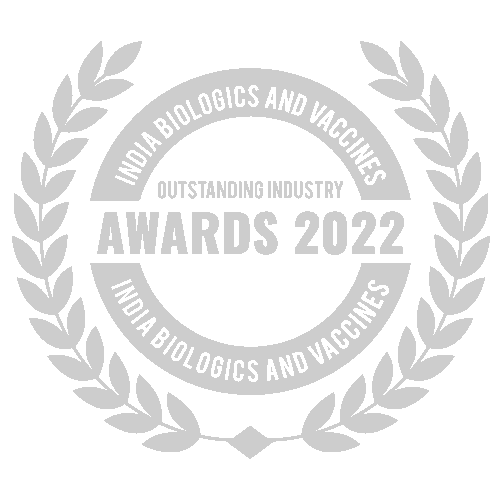
Best Temperature Monitoring Solution Provider
Awarded by India Biologics & Vaccines Outstanding Industry Awards 2022
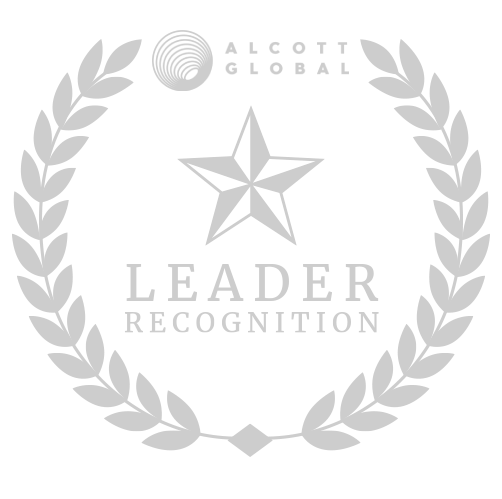
Adapt Ideations Recognised As A Supply Chain Leader
by Alcott Global on Supplify's Supply Chain Tech Map 2.0

Related Articles.
